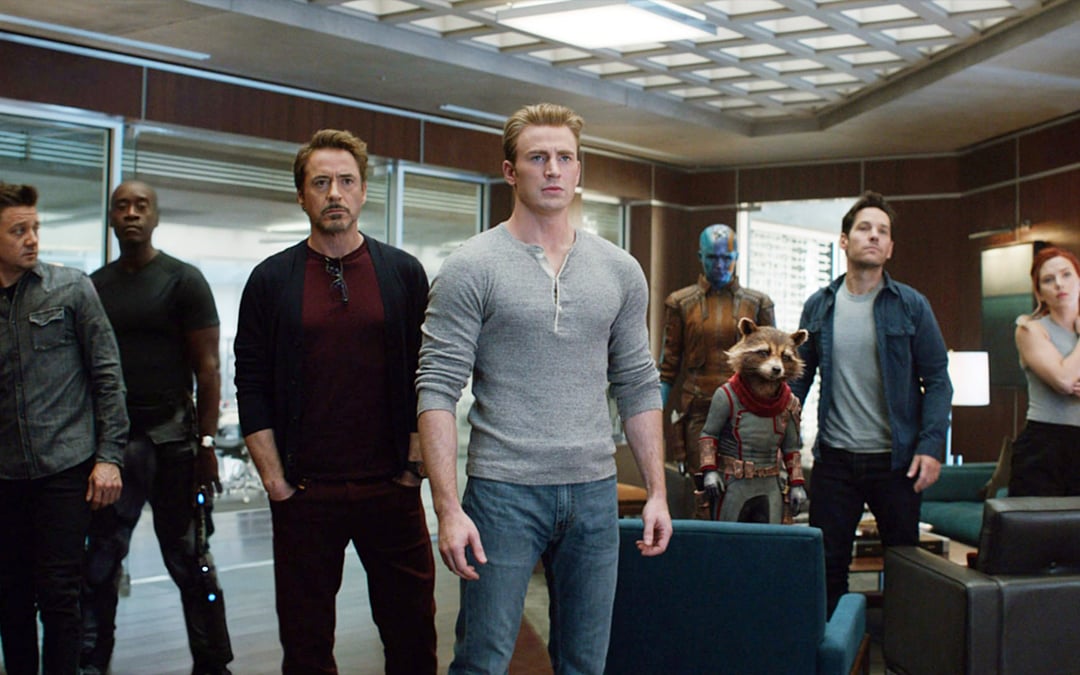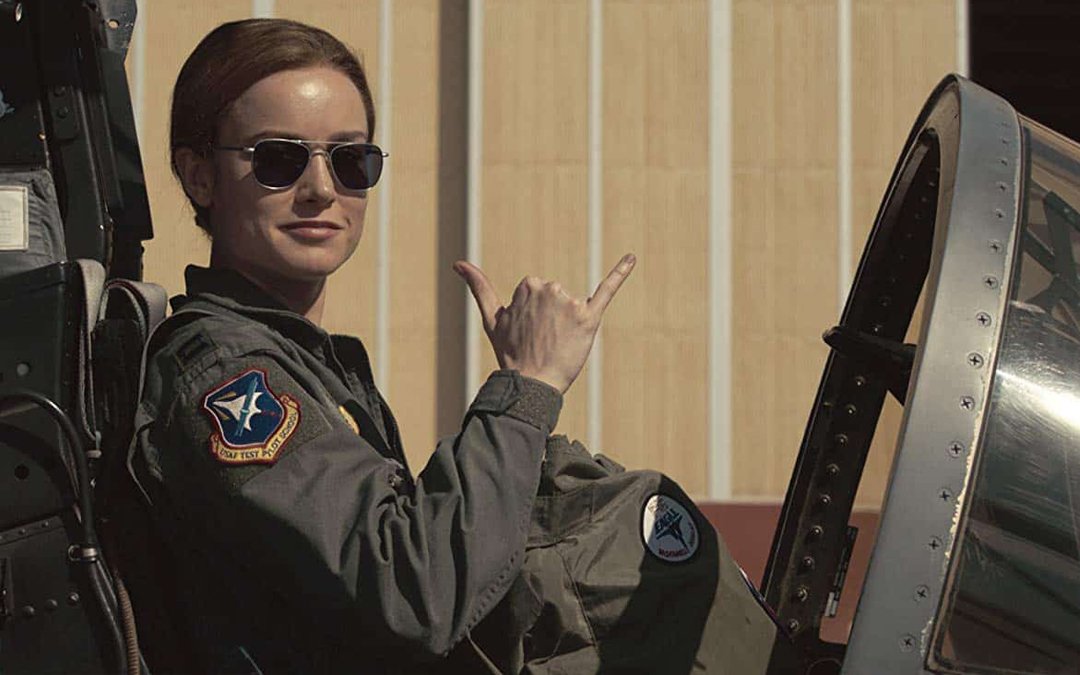All the Write Moves: Marvel's "Cloak & Dagger"
June 21, 2018
Based on two minor Marvel Comics characters who were introduced as supporting players in a second-tier Spider-Man title circa 1982, Marvel’s Cloak & Dagger might seem to casual observers like an inconsequential part of the Marvel Studios story.
Nonetheless, the Freeform show is off to a good start, creatively speaking, with its first two episodes, which aired together as a two-hour premiere event. Perhaps the highest compliment one can pay Cloak & Dagger is that it doesn't feel precisely like anything Marvel has done before on television. It’s a street-level story about two young people whose complex lives become even more difficult after they gain superpowers. The age of the title characters sets Cloak & Dagger apart from Marvel’s Netflix shows. Furthermore, Marvel’s other youth-oriented series—Fox’s The Gifted and Hulu’s Runaways —feature stories that are, by comparison, much more sprawling.Early in the pilot episode, preteen girl Tandy and preteen boy Ty experience tragedies at the same place and time. Their shared trauma is punctuated by exposure to fallout from an explosion in a laboratory. By the time the characters are reintroduced as teenagers, Tandy (Olivia Holt) has become a small-time crook who manifests the ability to form daggers made of solid light. Meanwhile, Ty (Aubrey Joseph) is a talented high-school athlete with anger-management issues, and he manifests the ability to travel through time and space by slipping into shadows when he covers his body with a cloak.
The potential to right wrongs using these powers couldn’t be further from the characters’ minds in the first episode. They’re busy trying to survive. Tandy faces danger from past victims as well as police, while Ty faces danger from bullies as well as a figure from his past—the corrupt cop who murdered his older brother.
The Human Element
We’re so deep into the superhero-cinema era that, thankfully, not every example of the genre involves an extraordinary person wearing a colorful costume while fighting crime. Cloak & Dagger might eventually slip into that mode, seeing as how the characters have stylish outfits in their comic-book incarnations, but based on the evidence of the first two episodes, Cloak & Dagger is more of an action/sci-fi thriller with strong character elements than a straight superhero show.
Depending on how one interprets these things, the actual “superhero” content in the pilot episode comprises as much as 20 percent of the screen time or as little as zero percent. The argument for 20 percent is that any sequence involving powers counts as superhero content. The argument for zero percent is that nobody uses a superpower to solve a crime in the first episode—the closest equivalent is a scene during which Tandy uses her power for self-defense.
Series developer Joe Pokaski (previously a story editor on Heroes) devotes most of the first episode telling us who Tandy and Ty are—instead of focusing on what they can do. To some degree, this approach reflects the luxury of television, because Pokaski gets to spread the characters’ origin story across multiple hours instead of cramming it into the tight confines of a feature film. And to some degree, this approach also reflects the financial reality of television—since TV can’t match the scope of big-screen FX, other things must provide compensation.
In TV, character is king, but it’s awfully easy for people adapting TV shows from comic books to lose sight of that fact, squandering the potential of interesting source material by vainly attempting to create movie-quality spectacle. (Note the quick demise of ABC’s Inhumans, which botched one of the most fascinatingly eccentric properties in the Marvel pantheon.) More so in television than in film, even the wildest superpower is insufficient for sustaining audience interest if the person wielding that superpower seems one-dimensional.
Takeaway: People first, powers second.
Skin Tones
These days, a show that doesn’t engage with race in some meaningful way seems outdated. And because Cloak & Dagger are a young white woman and a young black man, possibilities for exploring issues pertaining to race are baked into the concept.
As originally imagined by writer Bil Mantlo and artist Ed Hannigan, Tandy and Ty were street urchins without family ties to anyone. That was an effective formula for generating one 20-page adventure per month, but it’s not enough for generating an hour of fast-moving television per week. Accordingly, the TV version of Cloak & Dagger expands the title characters’ universe in many ways, the most interesting of which touch on racial identity.
The TV version of Tandy came from money but spiraled into street crime because of her mother’s substance abuse, and the TV version of Ty’s family survived a tragedy, rising from working class to middle class thanks to a powerful matriarch’s work ethic. Tandy’s narrative doesn’t fit stereotypical ideas about the white experience, and Ty’s narrative doesn’t fit stereotypical ideas about the black experience.
Yet Tandy’s whiteness is ingrained into the storytelling—her familiarity with the one-percenter lifestyle allows her to orchestrate a heist in the second episode. Similarly, Ty’s black identity permeates many of his story beats—mentor figures warn him against falling into a spiral of self-destructive racial hatred. It remains to be seen how far down this road Pokaski will travel, but on first blush, Cloak & Dagger seems willing to enter the national conversation instead of just establishing simplistic good-vs.-evil paradigms.
Takeaway: Don’t be afraid of issues.
Building a Mystery
Only three fantastic events occur during the pilot episode. In the first, Tandy and Ty receive that initial shock to their systems, which causes a confusing space/time displacement. In the second, they have physical contact following a long separation, which triggers manifestations of their powers. And in the third fantastic event, they each use their powers separately, with Tandy conjuring a light dagger and Ty teleporting through a makeshift cloak.
None of these moments clearly explains the nature or parameters of the character’s superpowers. Instead, these moments intrigue viewers by providing more questions than answers. Better still, these moments leave the characters bewildered, as if they can’t grasp what’s happening to them. This scripting choice represents something of a lost art in superhero storytelling. Whereas the general trend is to have characters manifest superpowers and then immediately receive training or some other form of educational immersion, Cloak & Dagger treats the discovery of superpowers like the weirdest event imaginable.
This narrative approach helps ground Cloak & Dagger, to the utmost degree possible given the subject matter, in character-driven reality.
By not explaining everything, Pokaski opens up a world of possibilities. However, this approach only works because nearly every other aspect of the characters’ world is clearly articulated. Since we understand the characters’ backstories and emotional lives, we’re able to travel with them as they explore mysteries.
Takeaway: Use ambiguity strategically.
Written by: Peter Hanson
Peter Hanson is a Los Angeles-based writer, filmmaker and teacher. He directed the screenwriting documentary Tales from the Script, and he teaches at Pepperdine University and UCLA Extension. He provides script consulting at www.GrandRiverFilms.com.



